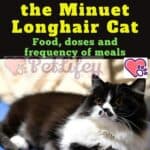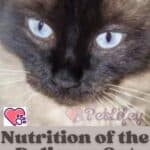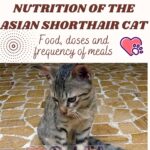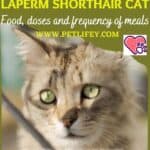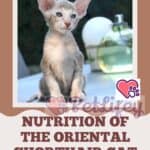Nutrition of the Oriental Longhair, the secrets of a perfect physical shape thanks to an adequate and specific diet for the breed.
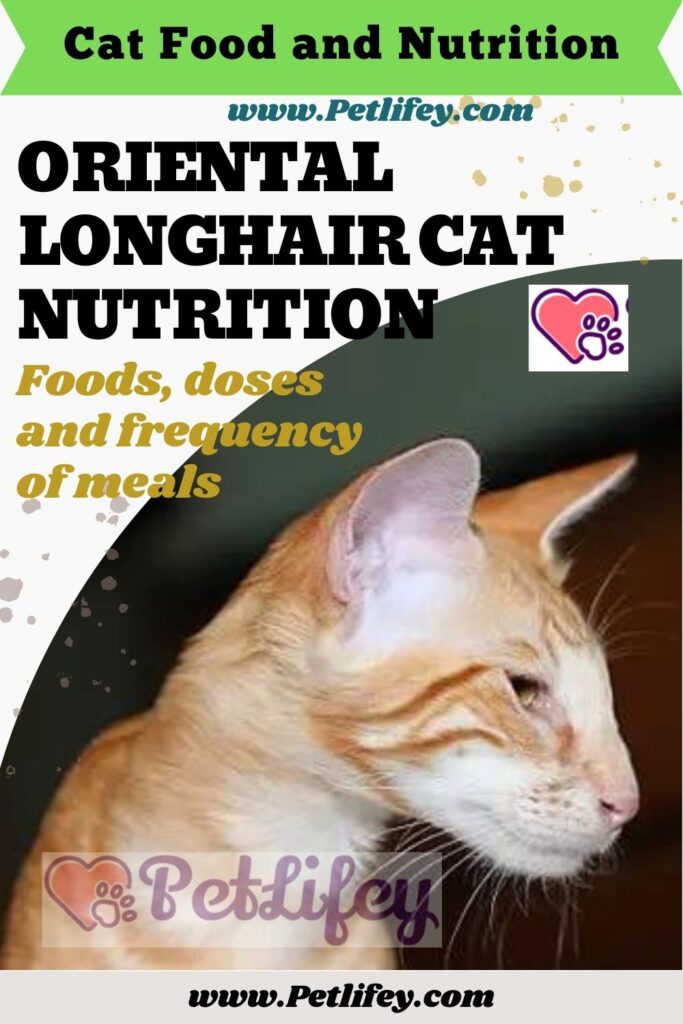
The feeding of the Oriental Longhair, the frequency of meals and the quantities necessary for the daily requirement of this particular exotic breed of cat.
Knowing your cat’s eating habits is important, as a healthy and correct diet allows your four-legged friend to live a healthy life with a shiny appearance.
This is why in this article we are going to specifically describe the nutrition of the Oriental Longhair.
What to feed the Oriental Longhair
Knowing the specific needs of the cat breed that you have decided to adopt is essential.
It therefore becomes necessary to know which foods the Oriental Longhair can benefit from.
Obviously, like all other cats, the consumption is mainly of meat and animal proteins, without however totally excluding carbohydrates and fats.
In fact, the order of nutritional values to be administered at each cat meal must be:
- proteins : animal proteins are basic as they are useful for the formation and maintenance of muscles, other tissues, blood but also for the regeneration and conservation of body cells and tissues.
- fats : they are a source of necessary energy and are mainly responsible for the transport of substances in the body as well as for the support and development of the joints and the nervous system;
- carbohydrates : they are an immediate source of energy to deal with a sudden effort such as a run, a chase, an escape, a sudden stress in the cat etc.
- minerals : they are essential for the development and maintenance of tissues. They consist of: calcium, phosphorus, magnesium, potassium, sodium and chlorine (their deficiency can cause organic dysfunctions) and those that must be in small doses are: manganese, iron, copper, zinc, iodine and selenium (the excess of some can lead to intoxication with even lethal consequences);
- vitamins: they are useful for keeping the immune system strong and healthy. For example, iron, potassium, calcium, magnesium, copper, zinc and selenium, vitamins E, C, D, and K. However, it is necessary to use them appropriately, perhaps by contacting the veterinarian.
In conclusion, animal proteins must make up the majority of the diet while fat must not exceed 10%.
That’s why in order to offer a complete and balanced meal, the owners prefer to use the dry food that can be found on the market.
Alternatively, for those who love cooking and their cat, the foods that can be used for any recipes for cats are:
- chicken, turkey, beef
- salmon, tuna, trout, mackerel
- liver, lungs, heart, stomach
- fresh fruit and vegetables
- fermented milk products, probiotics
- vitamin and mineral supplements
The important thing is to provide the animal with the right sustenance, thus avoiding an excess of nourishment.
Nutrition of the Oriental Longhair: doses and frequency of meals
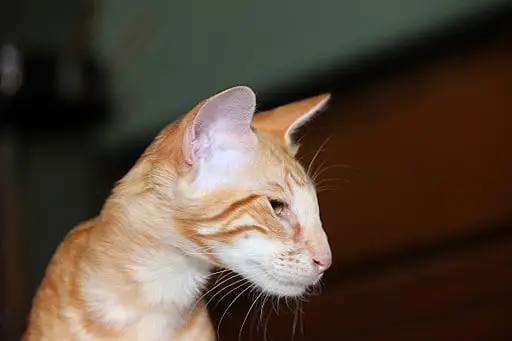
The Oriental Longhair is a medium-sized cat with a lean, snappy build, which needs an adequate amount of food for its needs.
The doses and the frequency of meals can never be compared to those of other breeds. Each breed and more specifically each specimen requires a specific amount of food for its physical activity, age and gender.
Very often other factors such as health and lifestyle also affect.
As it should be, a lively and curious cat burns more calories and consumes much more food than a sedentary cat, which is why it will be necessary to administer a dose that is certainly different from that which is provided in the nutritional tables for the cat.
Generally, experts recommend feeding meals based on the cat’s age, i.e. starting with 3 and 4 servings a day of 25 to 30 grams each in the first months of the cat’s life.
Then moving on to 2 meals a day of 200 and 450 grams of food each. Then arriving at only one meal a day, of 200 and 450 grams of food each.
After 7 years it will be necessary to adapt the diet of the elderly cat to his needs, in order to guarantee him a state of good health.

